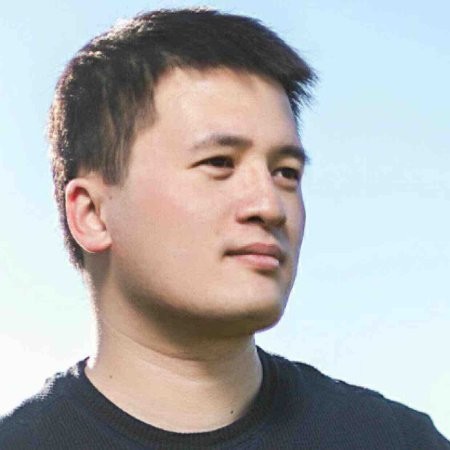What, Why and How for Communities
We discuss what, why and how for communities.
What
What (definition)
- A group of individuals:
- some common interests and values: as the goal of community
- repeated social interactions: creating links between individuals
What (derivation)
- reputation: estabablish social recognition based on the value of the community
- expressed a shared identity: we belong to this community.
Summary
- A “community” is a group of individuals who has some common interests and values and connected to each other by repeated social interactions.
- Frequently, individuals in a community makes judgement of another individual. Knowledge of such judgement is propagated within the community, creating a network of reputation. They almost always recognize themselves as one body who has a shared identity.
Why
- Why do we need community?
- Its common interests and social interactions enable collaborations.
- Its reputation provides trust between each other who don’t directly know (previously interacted) with each other.
- Its shared value and reputation recognition provides motivations for actions towards common interest.
How
- We can’t create common interests and values, nor do we need to. They naturally exists, otherwise it will be the end of the world.
- We need to enable social interactions that enables collaborations, and we will also enable propagate the informtaion of reputations.
- We will also allow experssion of shared identity which is love of and for the community.
A better world: two-way free market and mobility
In a better world, there is a two-way free market for individuals and communities, and they have mobility:
- Everyone can be a member of multiple communities at the same time. Every communities has multiple individuals at the same time.
- Two-way free market: A free market of communities: every individual has a sufficient amount of options (communities) to choose from to apply into becoming a member. Communities improve themselves to compete for better talent and more value aligned members. A free market of community member canaidates: a community has a sufficient amount of options (candidates) to choose from to attract and accept as members. Individuals improves themselves to compete for being accepted by multiple .
- Mobility: memberships can begin and terminate. Individuals can join and quite communities, and communities can accept individuals or reject them.
A better type of communities: Open Contributor Community
Acceptance of such community is majorly based on contribution so there is a open and transparent pathway towards becomig a member for every individual. It balances the barrieer of entry and openness.
- Everyone can contribute
- Trust, authorities and powers are earned by contributions
- Contributions are rewarded
